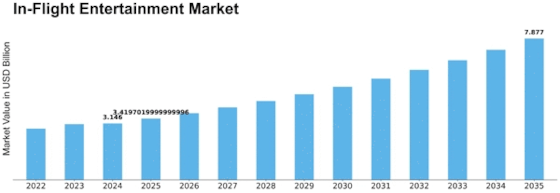Inside the Evolution of Augmented Reality Technology

While consumer AR applications often grab the headlines, the most significant and immediate economic impact of the technology, as highlighted in the Augmented Reality Report, is occurring within the US enterprise sector. Businesses across a wide range of industries, from manufacturing and logistics to healthcare and field service, are deploying AR solutions to fundamentally reinvent their core operational processes. The primary driver for this enterprise adoption is the technology's ability to deliver a clear and compelling return on investment (ROI) by improving productivity, reducing errors, and enhancing worker safety. AR is being used to provide frontline workers with a new kind of "digital co-pilot," overlaying critical information and step-by-step instructions directly onto their field of view. This allows a technician to see a digital schematic overlaid on a piece of machinery they are repairing, or a warehouse worker to see the optimal picking path highlighted in their smart glasses. This hands-free, context-aware guidance is a game-changer for a huge range of industrial tasks, and it is the central value proposition driving the rapid growth of enterprise AR in the United States.
Key Players
The key players enabling this enterprise AR revolution in the US are a combination of hardware providers, software platforms, and specialized solution providers. In the hardware space, Microsoft has established a strong leadership position with its HoloLens 2, an enterprise-grade mixed reality headset that has become a standard for many industrial use cases. It faces competition from other enterprise-focused smart glass manufacturers like Vuzix and RealWear, who offer more lightweight, "assisted reality" devices designed for frontline workers. In the software space, the key players are the AR development platforms, with Unity and Epic Games' Unreal Engine being the leading 3D engines used to build these enterprise applications. A second group of software players are the dedicated enterprise AR platforms, which provide a complete, end-to-end solution for specific use cases like remote assistance and guided work instructions. Companies like PTC (with its Vuforia platform) and TeamViewer (with its Frontline platform) are leaders in this space. The major US industrial and technology corporations themselves are also key players as the primary adopters and co-developers of these solutions, often working closely with the technology vendors to create custom applications for their specific needs.
Future in "Augmented Reality Report"
The future of enterprise AR in the United States will be defined by a move from niche, pilot projects to large-scale, enterprise-wide deployments and by a much deeper integration with other enterprise systems. The future will see AR being used not just by a few specialized technicians, but by thousands of frontline workers across an entire organization as a standard part of their daily toolkit. This will require the development of more robust, scalable, and secure enterprise management platforms for deploying and managing a large fleet of AR devices. A second major future trend will be the creation of the "industrial metaverse," where AR is used to interact with a "digital twin"—a real-time, virtual replica of a physical factory, power plant, or supply chain. A plant manager could use AR glasses to walk through their physical factory and see a real-time overlay of operational data, such as the temperature of a machine or the output of a production line, pulled directly from the digital twin. This deep fusion of the physical and digital worlds, a trend being pioneered in the advanced manufacturing sector of the US ahead of other regions like MEA, represents the ultimate vision of the AI-powered, data-driven industrial enterprise.
Key Points "Augmented Reality Report"
Several key points define the enterprise segment of the US AR market. The primary driver is the delivery of tangible ROI through improved productivity and reduced errors for frontline workers. The key players are a mix of hardware providers like Microsoft, AR software platforms like PTC and TeamViewer, and the major industrial corporations who are the end-users. The future lies in large-scale deployments across the entire workforce and the deep integration of AR with digital twin technology to create the industrial metaverse. Enterprise AR is moving from a promising technology to a mission-critical operational tool for American industry. The Augmented Reality Report size is projected to grow to USD 299.99 Billion by 2035, exhibiting a CAGR of 18.9% during the forecast period 2025-2035.
Top Trending Reports -
Europe Data Historian Industry






